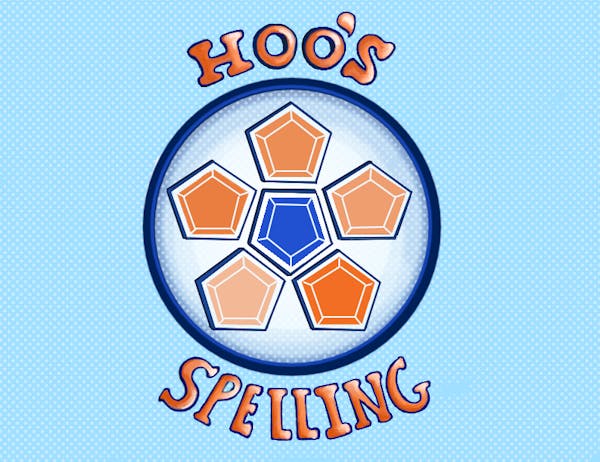All told, Virginia public colleges only receive about a quarter of their funding from the state. The University receives an even smaller percentage of its financing from the state than most other Virginia colleges, with about 6.3 percent of its overall budget coming from the state general fund - down from 28 percent in 1985. If the University's Medical Center is taken out of consideration, the state contribution is 10.3 percent of the academic budget. Most of the University's funds come from research grants, tuition and private donations.
This funding equation is one thing that differentiates public higher education from other functions of the state government: Whereas most public agencies are almost entirely financed by taxpayer dollars, state universities for the most part earn their own keep. As a result, these schools generally receive a great deal of independence and are left to govern themselves with regard to a number of operational decisions. Nevertheless, when it comes to some critical issues that affect the long-term viability and mission of these institutions, the General Assembly and governor's office have not shied away from dictating policy. If Gov. Bob McDonnell is committed to the principles of lean government and fiscal responsibility, the state's role in higher education policy at the University - and each of the state's public colleges - should be commensurate with the amount of financial support provided. There is little question that the state deserves a seat at the table when it comes to making administrative decisions at Virginia public schools. But the Assembly rarely should override the colleges themselves when it comes to matters such as setting tuition rates, in-state student ratios and undergraduate enrollment.
One well-intentioned plan that commits this error of encumbrance is McDonnell's Virginia Higher Education Opportunity Act of 2011. The proposal looks to award 100,000 degrees in 15 years as part of a long-term plan to educate Virginians, particularly in the in-demand fields of science, technology, engineering and mathematics. The long-run objective is to lure more businesses to the commonwealth and boost the state's economy. Unfortunately, it looks as if the schools themselves will be accountable for both educating these students and footing the bill - without enough of a say in the process.
The proposed legislation has its merits, to be sure. Included in the bill is an adjustment to the way funds are allocated to state schools. The funding formula would benefit schools with higher graduation rates, which would provide an incentive to make sure colleges are focusing on the correct goals. So long as these calculations do not divert financing away from fledgling schools in need of attention, this revision could be the kind of spark needed to produce sensible competition among public colleges.
Perhaps the biggest drawback to the bill is that it may influence the composition of undergraduate students in Virginia schools by favoring in-state students at the expense of out-of-state students to meet the proposed benchmarks. This move will have negative ramifications for both the University and other state colleges because out-of-state and international students bring in more far more revenue than their in-state counterparts. Non-Virginians pay 239 percent of the costs of their education at the University and subsidize in-state students' tuitions. Boosting the proportion of in-state students will only increase financial burdens on schools already feeling the effects of tightened budgets. A few Virginia students on the cusp of admission to the state's top colleges may benefit, but the colleges themselves lose out by not admitting out-of-state students who are stronger academically and pay higher tuition. It is difficult to argue this situation would provide any benefit to the state's economic base or its taxpayers. If the Assembly wishes for the cost of a college education in Virginia to remain affordable and for the academic quality of these schools to remain competitive, then it must be sensible about the appropriate in-state student ratio. Otherwise, Virginia's top high-school students will look outside the commonwealth for universities that face fewer constraints on realizing their academic missions.
Although McDonnell's Commission on Higher Education Reform, Innovation and Investment appears to be listening to college administrators as it sets its agenda, the governor's approach should be much more decentralized. It is indefensible for the Assembly to pull funding from its public colleges for two decades, compel the institutions to fend for themselves financially and then give mandates that dictate long-term goals and remove the flexibility for schools to recoup the money from private sources. McDonnell now has the opportunity to set a new precedent. Although the Assembly ostensibly has the public interest at heart, conservatives and liberals alike should understand the unwelcome impulses that politics can bring to any situation. By leading the way to change how the state interacts with quasi-private institutions like state schools, McDonnell can introduce a model for government that is truly innovative, prudent and distinctive from that of his predecessors.
Specifically, Virginia's government should help coordinate a statewide higher-education strategy based upon the individual aspirations of each university. Although they share a common purpose, not all state schools have identical missions or desire to occupy the same niche in the U.S. college system. They should not be subjected to blanket, top-down initiatives but instead should be able to determine the policies that best suit their specific goals.






